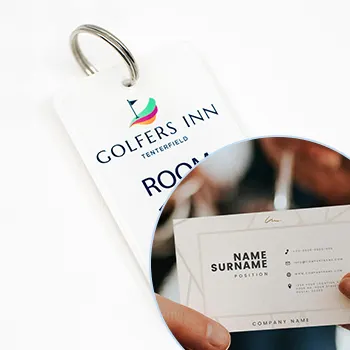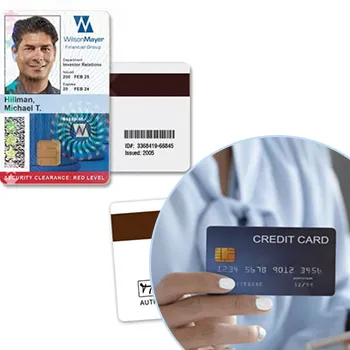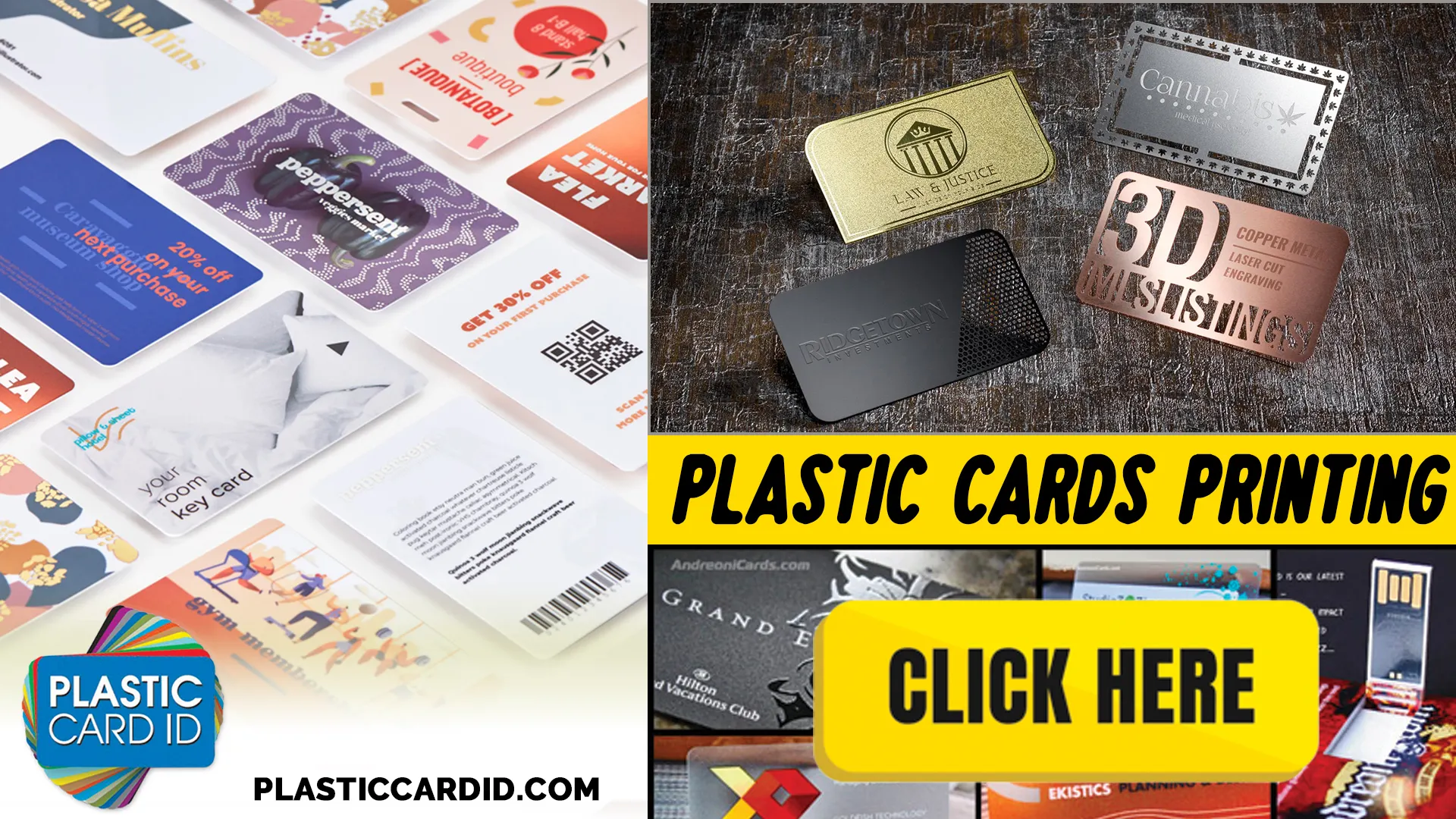Preservation Tips: Handling Wear Tear on Plastic Cards
Handling Wear Tear Plastic Cards
Welcome to Plastic Card ID : Your Ultimate Guide to Plastic Card Longevity

Plastic cards have become an essential part of our daily lives; they are the ambassadors of our brand identity and hold significant functionality. At Plastic Card ID , we know how vital it is to maintain the look and integrity of your plastic cards. Let us guide you through expert tips for handling wear and tear and ensuring that your cards remain in top-notch condition for as long as possible.
Whether you're a business owner handing out membership cards or an individual looking to keep your gift cards pristine, our advice is tailored to suit your needs. With our insights, every card will be a lasting testament to your brand's quality and resilience. And remember, for any new orders or questions, our team can be reached effortlessly at 800.835.7919 .
Understanding the Basics of Card Care
Getting to know the material and proper handling of plastic cards is the first step towards ensuring their longevity. These cards might look simple but are a result of meticulous design and manufacturing, requiring equally thoughtful care.
Imagine a card is like a living thing; it thrives with the right care. Avoid exposing your cards to direct sunlight or extreme temperatures, as these can warp or discolor the plastic.
Effective Storage Solutions
Where and how you store your plastic cards can greatly influence their longevity. A cardholder or wallet can provide the perfect shield from potential scratches or bends. Consider a dedicated card storage system that keeps them neat and organized.
At PCID , we also recommend keeping your cards away from magnetic fields or heavy objects that could demagnetize or physically damage them.
Regular Maintenance is Key
Regular cleaning is essential in preserving the aesthetic appeal of your plastic cards. Use a soft cloth and mild soap solution to gently wipe the surface without scratching it.
For electronic chip cards or cards with magnetic stripes, be gentle around the chip and stripe areas to prevent any unintended damage.
Cleaning Techniques and Best Practices
When it's cleaning time, opt for alcohol-free solutions to prevent the plastic from breaking down. A bit of water with a drop of dish soap is typically all you need for a clean card.
Avoid abrasive cleaners or scrubbers that can cause permanent scratches, and never use a heat source to dry your cards, as this can warp them.
Avoiding Unnecessary Wear
To reduce wear and tear, handle your cards with care by avoiding unnecessary bending or scratching. Additionally, stay mindful of how you swipe or insert your cards to minimize strain on the edges and magnetic stripes.
Encouraging customers or staff to treat cards gently can also go a long way in preserving their condition over time.
Making the Most of Your Card Printer with Plastic Card ID

Selection of the Right Card Printer
Choosing the right card printer is crucial for ensuring smooth card production with minimal complications. At Plastic Card ID , we offer a variety of card printers suitable for different volumes and card types.
Take the time to select a printer that matches your specific needs, and you'll find your cards not only look better but last longer too.
Maintenance of Your Card Printer
Just like your cards, your card printer needs love and care to function at its best. Regular maintenance, such as cleaning the print head and rollers, can help avoid card jams or print errors that put extra strain on your cards and equipment.
Ensure you're using the correct type of cleaning kit for your specific printer model for effective maintenance.
Choosing Quality Refills and Supplies
The quality of refills and supplies, such as inks and ribbons, affects not just the vividness of your card designs but also the wear and tear on both the cards and the printer itself. High-quality materials reduce the risk of smudging and ensure a smoother printing process.
At PCID , we supply superior refills that guarantee your cards come out looking professional every time.
Avoiding Common Printing Mistakes
Understanding your printer's guidelines can prevent common mistakes, like overloading the card hopper or using incompatible card stock, which can affect the durability of your cards.
Take the time to review the manual, and don't hesitate to reach out to us at 800.835.7919 if you have questions about your printing process.
Implementing Best Printing Practices
Consistency is key when it comes to printing. Ensure that your printer's settings are optimized for the type of card you're printing, and maintain a consistent printing environment to avoid variations that could weaken the cards.
Always test your settings with a few cards before launching a full print run to ensure the best results.
Maximizing Durability Through Handling Techniques

The Importance of Gentle Handling
Handling your plastic cards gently can significantly extend their life. Whether it's tapping, swiping, or inserting, each interaction should be as subtle as a feather's touch.
Teaching others these techniques, especially if your cards are used by multiple individuals, can help maintain their pristine condition.
Minimizing Contact with Contaminants
Keep your cards away from substances that could degrade the plastic or erode the printed surface. This includes lotions, oils, and other chemicals commonly found in pockets or handbags.
A simple protective sleeve can be the barrier that shields your cards from these potentially damaging elements.
Safe Removal from Card Readers
When removing your card from a reader or ATM, do so smoothly without bending or snapping the card. It's the little actions like these that add up and contribute to the overall lifespan of your plastic cards.
Remember to regularly clean the card reader slot as well, to keep both the reader and your cards in optimal condition.
Strategic Use of Multiple Cards
If you have the option, rotate between multiple cards to spread out wear and tear. This approach can help each card last longer, maintaining their functionality and crisp appearance.
Especially for high-use scenarios, having a set of cards to cycle through can make a big difference in their longevity.
Avoiding DIY Repairs
When a card starts to show signs of wear, it may be tempting to attempt a DIY fix. However, makeshift repairs often do more harm than good. If a card is damaged, it's best to replace it to ensure it continues to represent your brand appropriately.
Contact us at for high-quality replacements that match your original specifications.
Get an Instant Quote
Visit PlasticCardID to get started!


